
Click the blue text to follow us
Do you recognize the plant below? It has small hairs on its stem, leaves, and flowers.
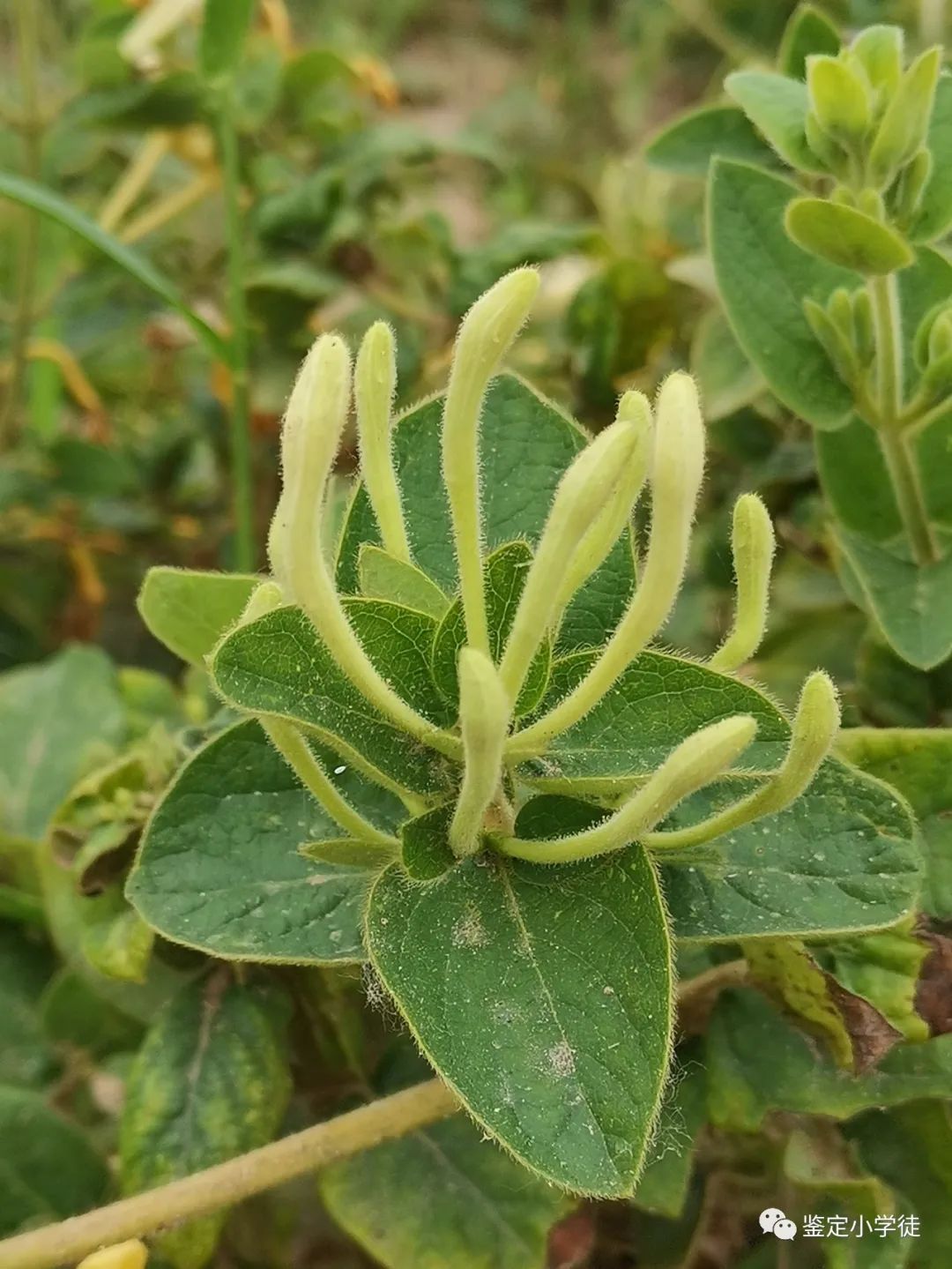
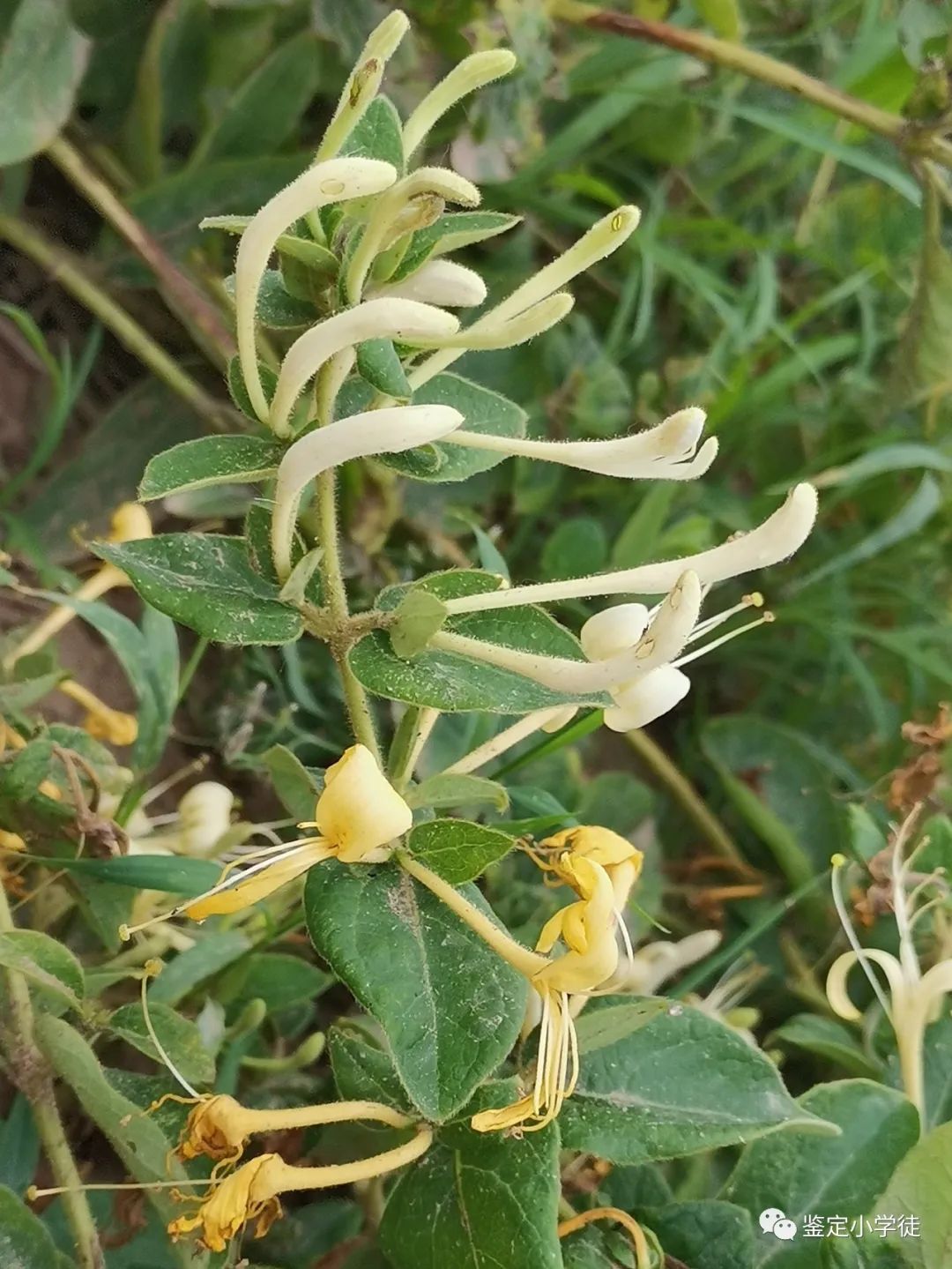

This plant is Honeysuckle (Jin Yin Hua).
Origin of the Name Jin Yin Hua
According to the “Compendium of Materia Medica”: “Honeysuckle grows everywhere, climbing on trees with slightly purple stems, opposite leaves that resemble ivy and are green with fine hairs. It flowers in March and April, with flowers about an inch long, two flowers on one stem, with two petals, one large and one small, resembling a half-moon shape, with long stamens. When the flowers first bloom, the stamens and petals are white, and after two to three days, they turn yellow, with new and old flowers appearing together, creating a contrast of yellow and white, hence the name Honeysuckle.”
Summary of Honeysuckle’s Plant Characteristics
♣ Leaves: Opposite, papery, with fine hairs
♣ Flowers: Born in leaf axils, with two branches of flower stalks (two flowers with two petals on one stem)
♣ Distance: The four flowers above and below are spaced apart (one flower)
♣ Time: Flowers bloom in April

Honeysuckle generally blooms four times a year, with the first bloom in late May, the second in mid to late July, the third in mid-August, and the fourth in mid-October. The color of the flower buds changes from yellow to white as they are about to bloom.
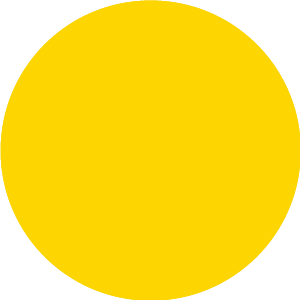
Introduction to Honeysuckle as a Medicinal Material
Honeysuckle Medicinal Material
[Source] Dried flower buds or flowers of the plant Lonicera japonica Thunb. from the Caprifoliaceae family.
[Harvesting and Processing] Collected before flowering in early summer and dried.
Historical Significance
Honeysuckle is also known as Jin Yin Hua. Before the Song Dynasty, the medicinal parts of honeysuckle were mainly the stems and leaves, but the use of flowers for medicine began in the Song Dynasty and flourished in the Qing Dynasty. The popularity of Honeysuckle may be related to its use in tea during that time.
Geographical Distribution
Modern Honeysuckle is mainly produced in Henan, Shandong, Gansu, and Sichuan provinces.
♣ The Honeysuckle from Henan is also known as “Huai Yin Hua”, with the best quality coming from Xinmi, marketed as “Mi Yin Hua”.
♣ The Honeysuckle from Shandong, including Pingyi, Feixian, and Mengyin, is called “Ji Yin Hua”;
♣ The Honeysuckle from Yibin, Sichuan, is also well-known.
Shandong has the largest production.
Characteristics of Honeysuckle
-
Cylindrical shape, thicker at the top and thinner at the bottom, slightly curved, 2-3 cm long, with a diameter of about 3 mm at the top and about 1.5 mm at the bottom.
-
Surface is yellow-white or green-white (darkening with storage), densely covered with short soft hairs. Occasionally, leaf-like bracts are seen. The calyx is green, with five lobes at the tip, hairy, about 2 mm long. The open flower has a tubular shape, with a two-lipped tip; there are five stamens attached to the tube wall, yellow; one pistil, with a hairless ovary.
-
Fragrant aroma, with a mild and slightly bitter taste.

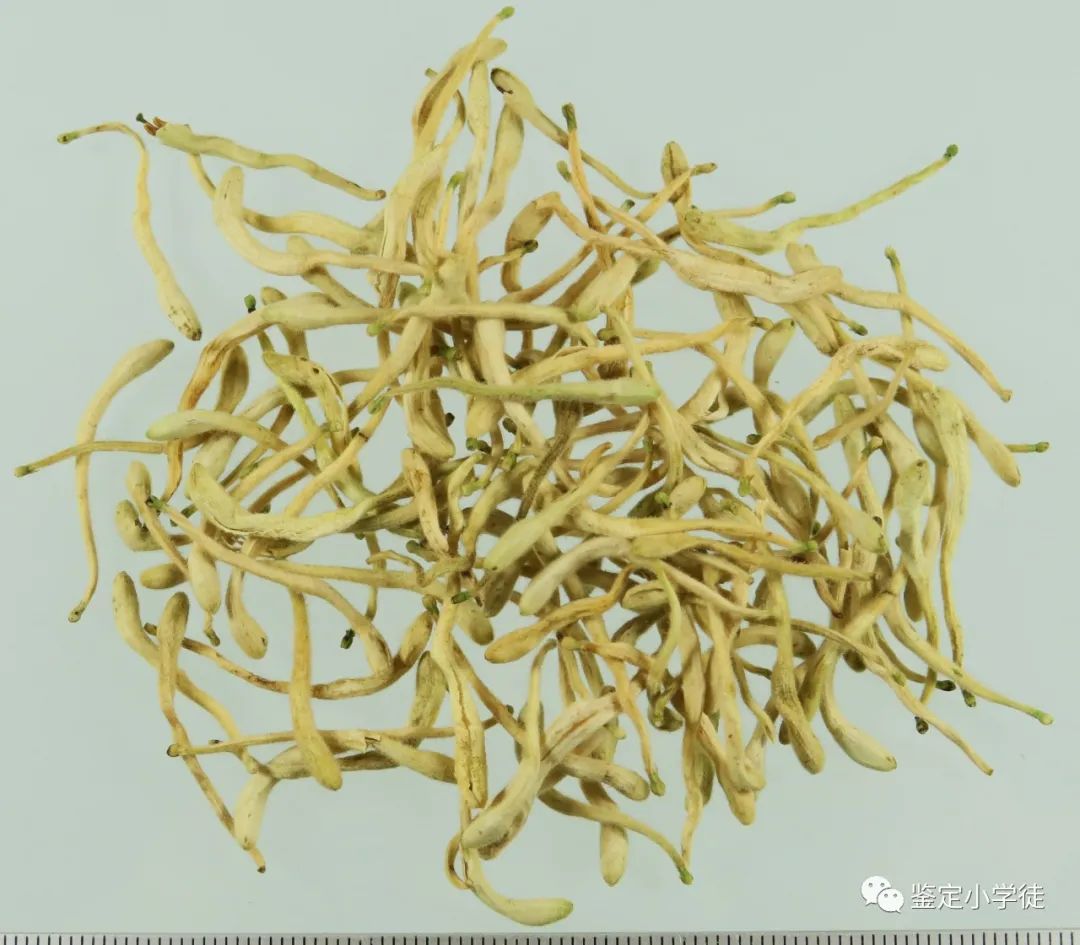

Processing Methods for Honeysuckle
Honeysuckle can be processed by sun-drying or oven-drying.
Sun-dried flowers are yellowish, and the processing method in Shandong is generally sun-drying.
Oven-drying is used for rapid killing of green. Therefore, the flowers produced by oven-drying are green. The processing methods in Henan and Hebei are mainly oven-drying.
New Varieties of Honeysuckle
In the production areas, some Honeysuckle plants are short and stout or twisted, which are new varieties. These flowers have high yields and are easy to harvest. For example, Jiufeng No. 1 and Beihua No. 1. These can also be used as medicine, but their characteristics differ slightly from traditional Honeysuckle.

Jiufeng No. 1
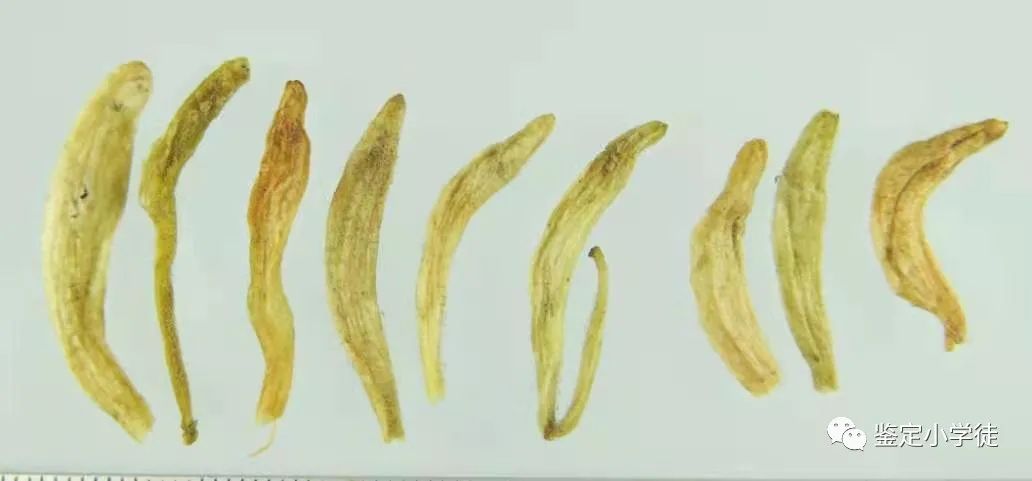
Jiufeng No. 1 is relatively short and stout.

Beihua No. 1
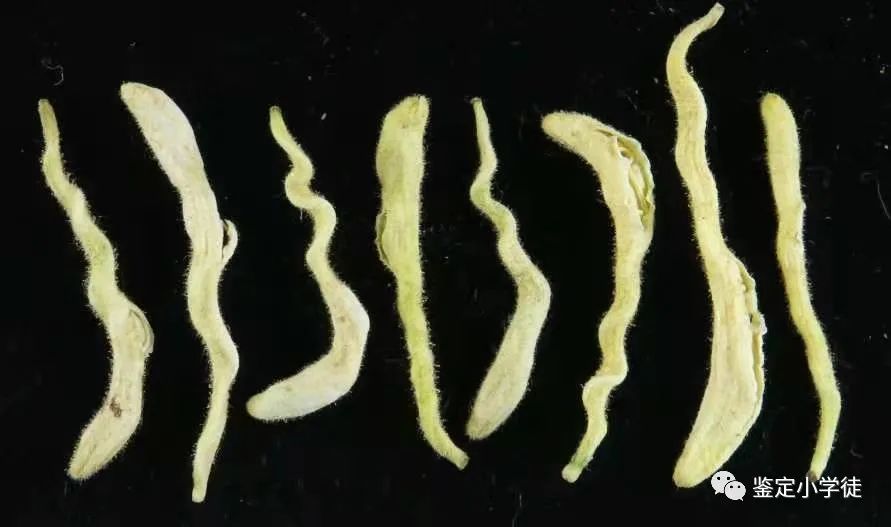
The base of the flower buds of Beihua No. 1 is curved. Recently, this type of Honeysuckle has been commonly seen in the market among traditional Honeysuckle.
Quality Issues of Honeysuckle
The main quality issue of Honeysuckle is weight gain. How to identify it?
Honeysuckle mixed with sugar, red soil, or heavy metals is very heavy and has small black lumps attached.
If there is sawdust or talcum powder in Honeysuckle, the water will immediately become cloudy, and after standing, the sediment will dry without reaction to acid and feel slippery to the touch.

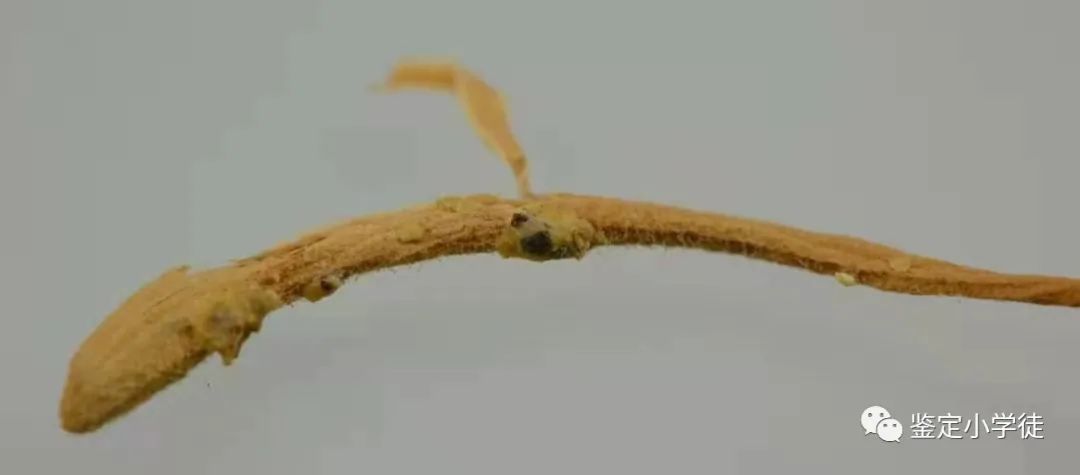
Functions and Indications of Honeysuckle
[Properties and Channels] Sweet, cold. Enters the Lung, Heart, and Stomach channels.
[Functions and Indications] Clears heat and detoxifies, disperses wind-heat. Used for carbuncles, sore throat, erysipelas, heat-toxicity dysentery, wind-heat colds, and febrile diseases.
[Dosage] 6-15g.
Note
After the SARS and COVID-19 pandemics, the price of Honeysuckle has skyrocketed due to its antiviral properties, leading to the unfortunate situation where unscrupulous merchants mix mountain Honeysuckle or sell it as Honeysuckle. Therefore, when purchasing Honeysuckle, it is essential to buy from reputable sources or consult professionals.

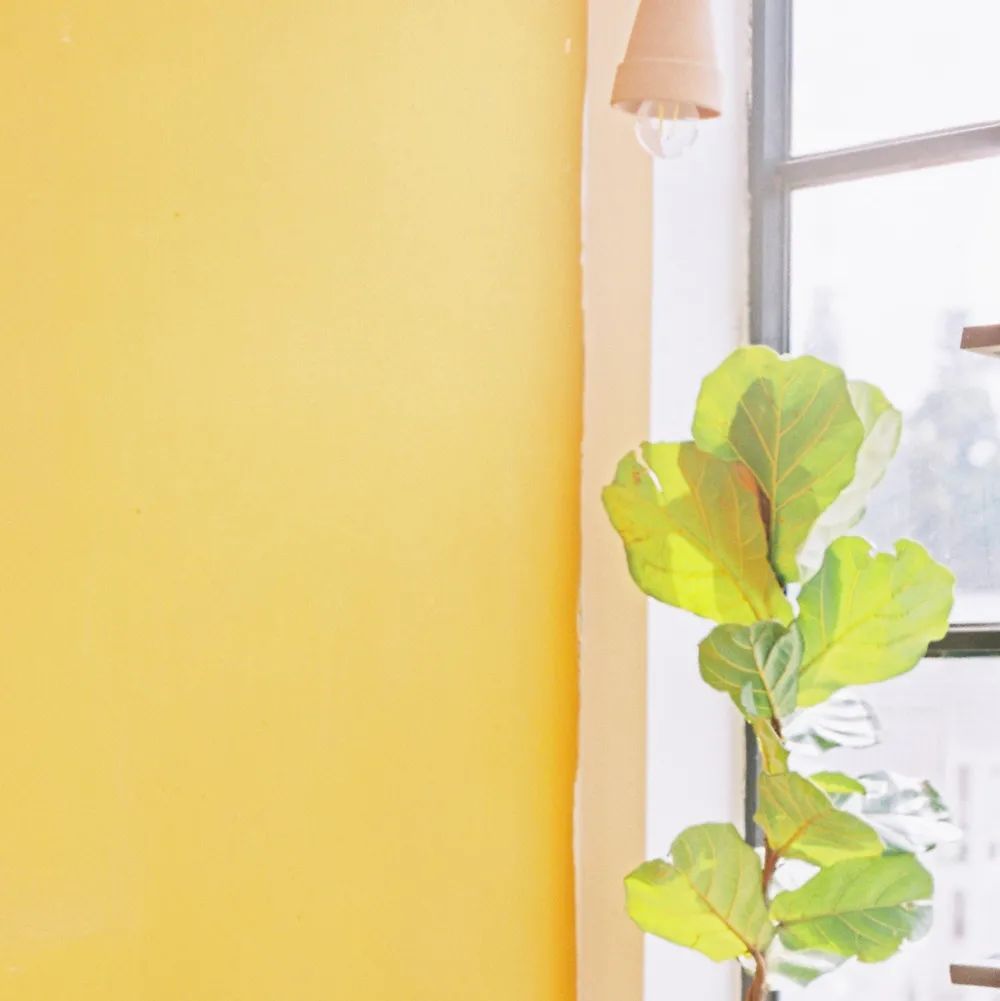
Author ProfilePROFILE
Qian Qian Cao
Chief Chinese Medicine Pharmacist
Licensed Chinese Medicine Pharmacist
Engaged in Chinese medicine identification and procurement
WeChat: yzzyzw94
References:
1. Authentic Medicinal Materials
Welcome everyone to exchange and learn!
